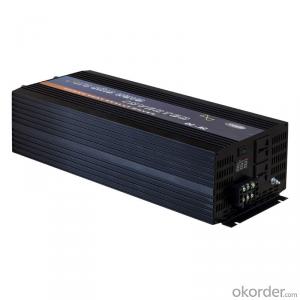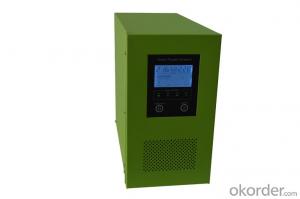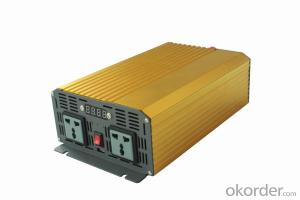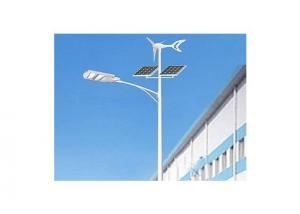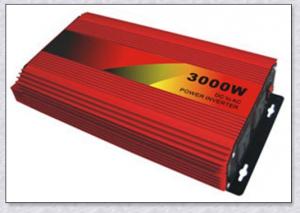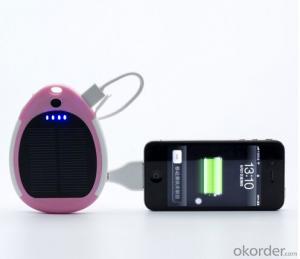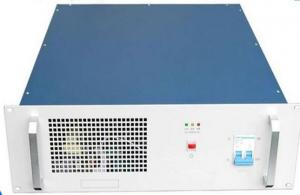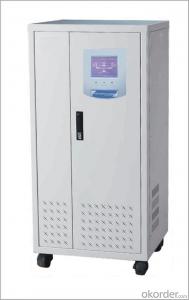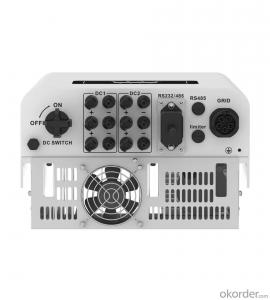Solar Power Inverter 3000w
Solar Power Inverter 3000w Related Searches
3000w Solar Power Inverter Solar Inverter 3000w Solar Power Inverter 3000 Watt 3000 Watt Solar Power Inverter Solar 3000 Watt Power Inverter 3000w Solar Inverter Solar 3000 Watt Inverter 3000w Inverter Solar 3000 Watt Solar Inverter Solar Hybrid Inverter 3000w 3000 Watt Inverter Solar Panel Solar Inverter 3000w Price Solar Inverter 3500 Watt 3500 Watt Solar Inverter Powland 3000w Solar Inverter Solar Inverter 300w 300w Solar Inverter 300 Watt Solar Power Inverter Rich Solar 3000 Watt Inverter Solar Inverter 3 Kw 300kw Solar Inverter 300 Watt Solar Inverter 3kw Solar Inverter 3kw Inverter Solar 3 Kilowatt Solar Inverter Solar Inverter 300 Watt Solar Power Inverter 2000w Solar Power Inverter 4000w Solar Power 3 Phase Inverter 4000w Solar Power InverterSolar Power Inverter 3000w Supplier & Manufacturer from China
The Solar Power Inverter 3000w is a high-capacity device designed to convert the direct current (DC) produced by solar panels into alternating current (AC), which can then be used to power various electrical appliances and devices. This advanced inverter is equipped with multiple features such as high efficiency, low noise, and reliable performance, making it an ideal choice for both residential and commercial applications.The Solar Power Inverter 3000w is widely used in a variety of scenarios, including off-grid solar systems, solar street lighting, and backup power supplies. It is particularly beneficial in remote areas where access to traditional power sources is limited, as it can provide a stable and eco-friendly source of electricity. By harnessing the power of the sun, this inverter contributes to reducing reliance on fossil fuels and promoting sustainable energy practices.
Okorder.com is a reputable wholesale supplier of the Solar Power Inverter 3000w, offering a vast inventory to cater to the growing demand for clean and renewable energy solutions. With competitive prices and a commitment to quality, Okorder.com ensures that customers receive the best value for their investment in solar power technology.
Hot Products




